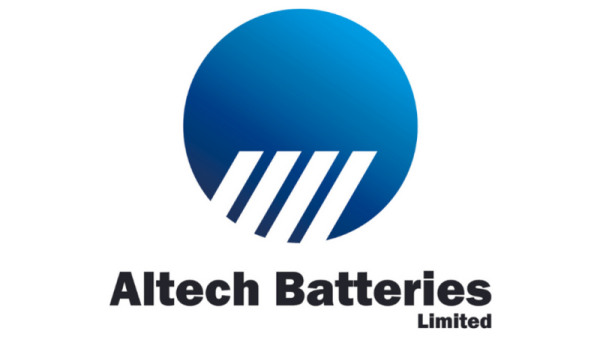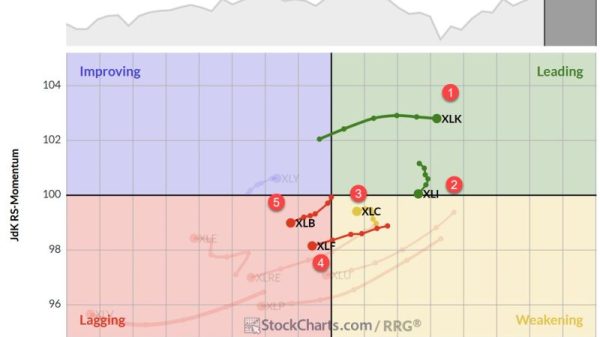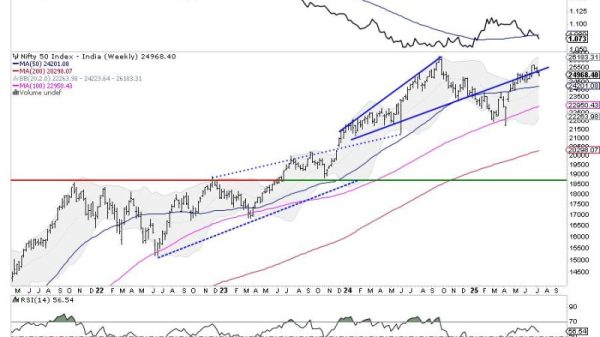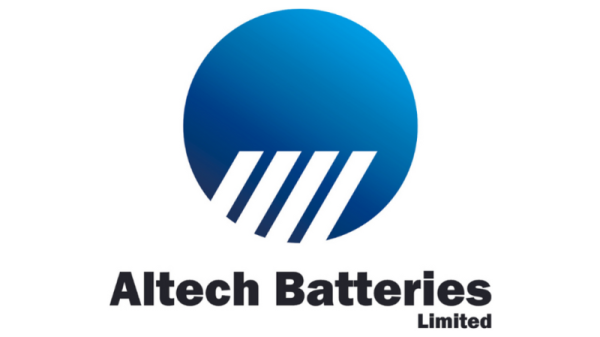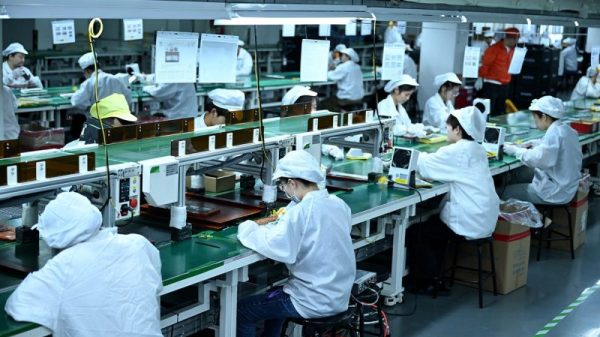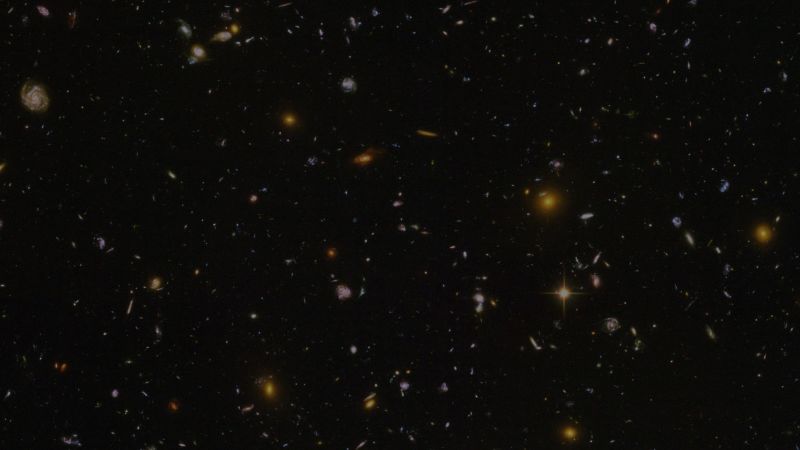The 2023 Nobel Prize in physics has been awarded to a team of scientists who created a ground-breaking technique using lasers to understand the extremely rapid movements of electrons that were previously thought impossible to follow.
Pierre Agostini, Ferenc Krausz and Anne L’Huillier “demonstrated a way to create extremely short pulses of light that can be used to measure the rapid processes in which electrons move or change energy,” the Nobel committee said when the prize was announced in Stockholm on Tuesday.
It praised the laureates for giving “humanity new tools for exploring the world of electrons inside atoms and molecules.”
The movements of electrons inside atoms and molecules are so rapid that they are measured in attoseconds – an almost incomprehensibly short unit of time. “An attosecond is to one second as one second is to the age of the universe,” the committee explained.
These movements “happen so quickly that normally we have no idea how they actually occur or what the sequence of events is,” said Rosner. But the laureates’ work means scientists can now observe how these movements happen, he added.
“Imagine building a house. You have foundation, walls, roof and so on. There’s a sequence to anything complicated. For a molecule, if you don’t get the sequence right, you won’t be able to assemble it,” said Rosner.
Capturing a snapshot of electrons
L’Huillier, a professor at Lund University in Sweden, discovered a new effect from a laser light’s interaction with atoms in a gas. Agostini, a professor at Ohio State University, and Krausz, a professor at the Max Planck Institute of Quantum Optics in Germany, then demonstrated that this effect can be used to create shorter pulses of light than were previously possible.
L’Huillier said she was teaching a class when she got the call from Stockholm this morning, only picking up the phone on the third or fourth time.
“The last half hour of my lecture was a bit difficult to do,” L’Huillier told Hans Ellegren, secretary general of Royal Swedish Academy of Sciences, during the announcement news conference.
Together, the trio’s experiments with lasers have allowed them to “capture the shortest of moments,” the committee said.
Just as the naked human eye cannot discern the individual beats of a hummingbird’s wing, until this breakthrough scientists were not able to observe or measure the individual movements of an electron, the committee explained. Rapid movements blur together, making extremely short events impossible to observe.
“The faster the event, the faster the picture needs to be taken if it is to capture the instant,” the committee said. “The same principle applies to trying to take a snapshot of the movements of electrons.”
When asked about the potential applications of her research, L’Huillier said the first use is “to really understand when we look at electrons, and look at their properties.”
“The second one is much more practical and it’s coming. This radiation that we produce is also useful for the semiconductor industry as an imaging tool. So this is also coming with a practical application,” L’Huillier said.





